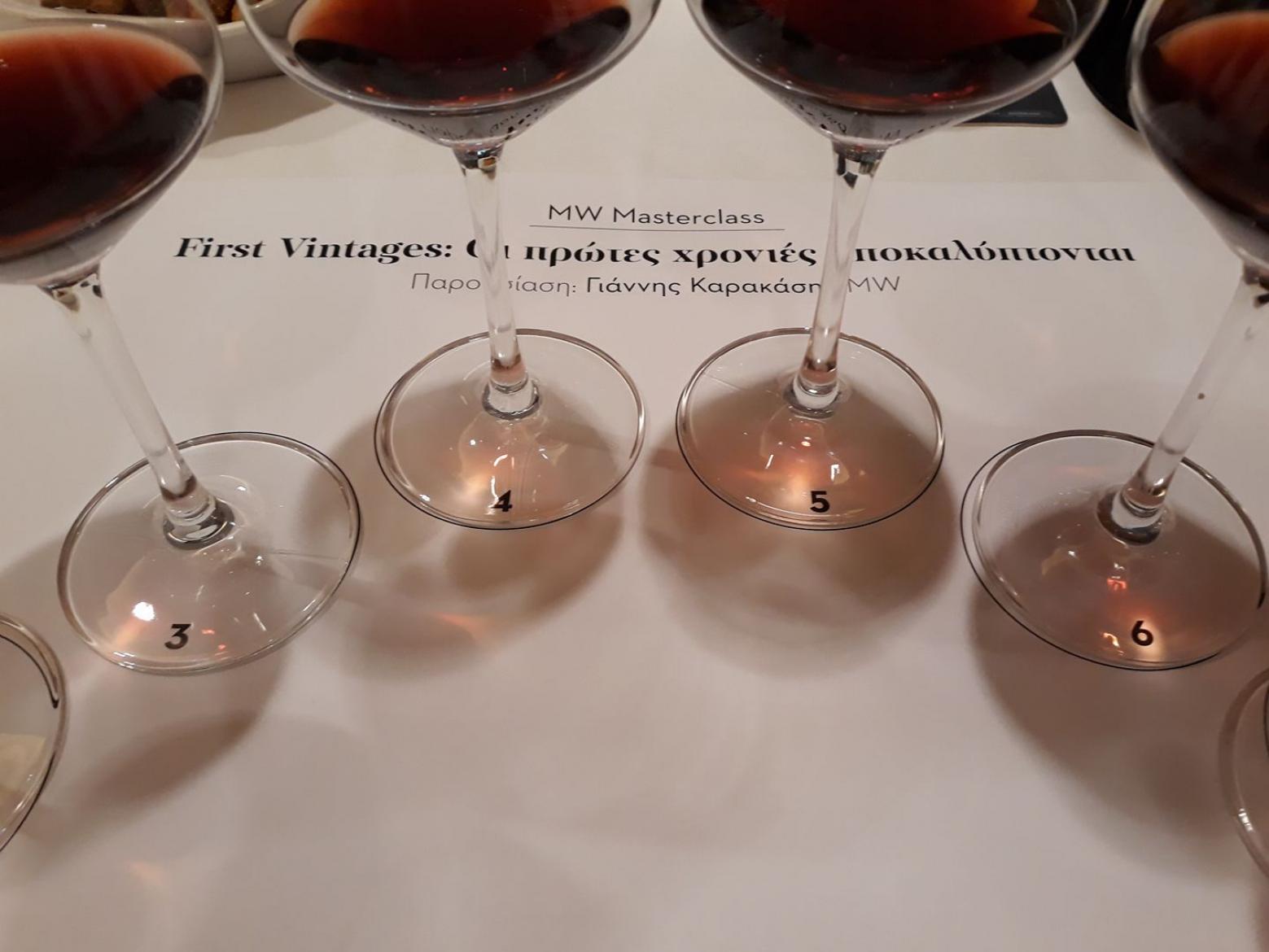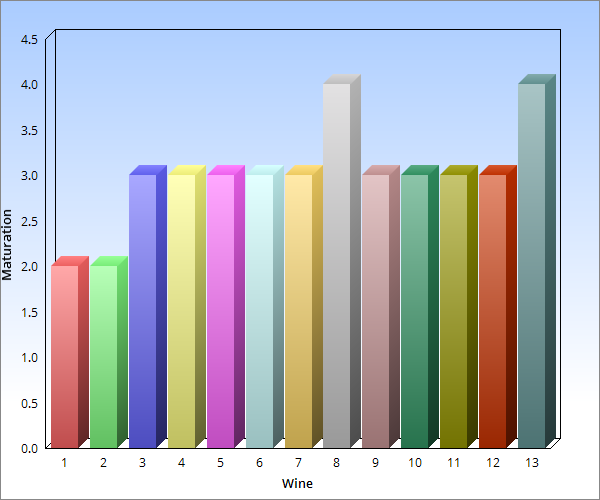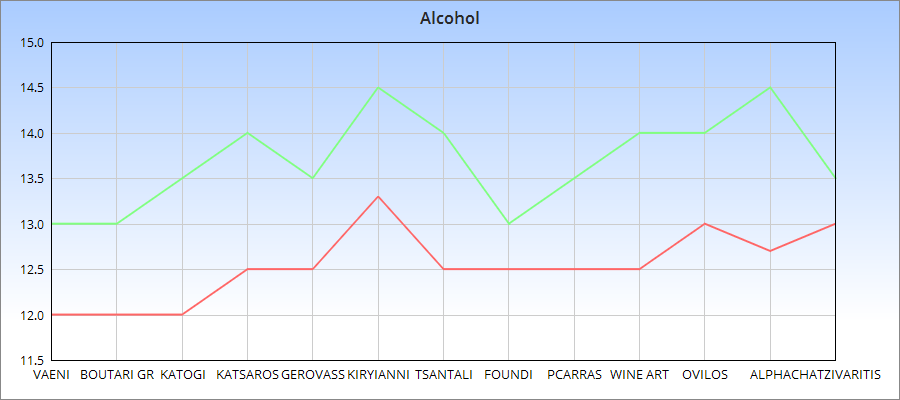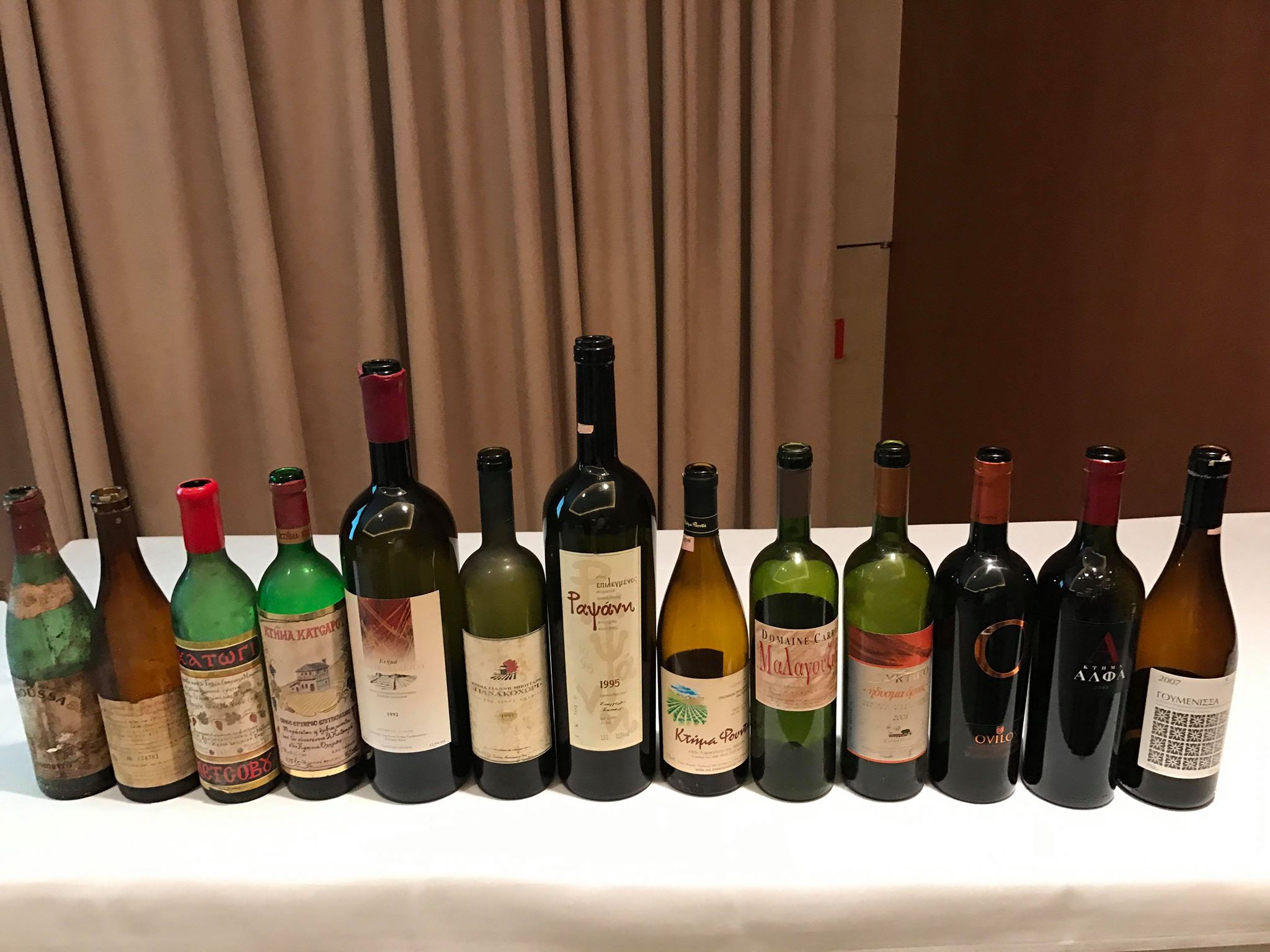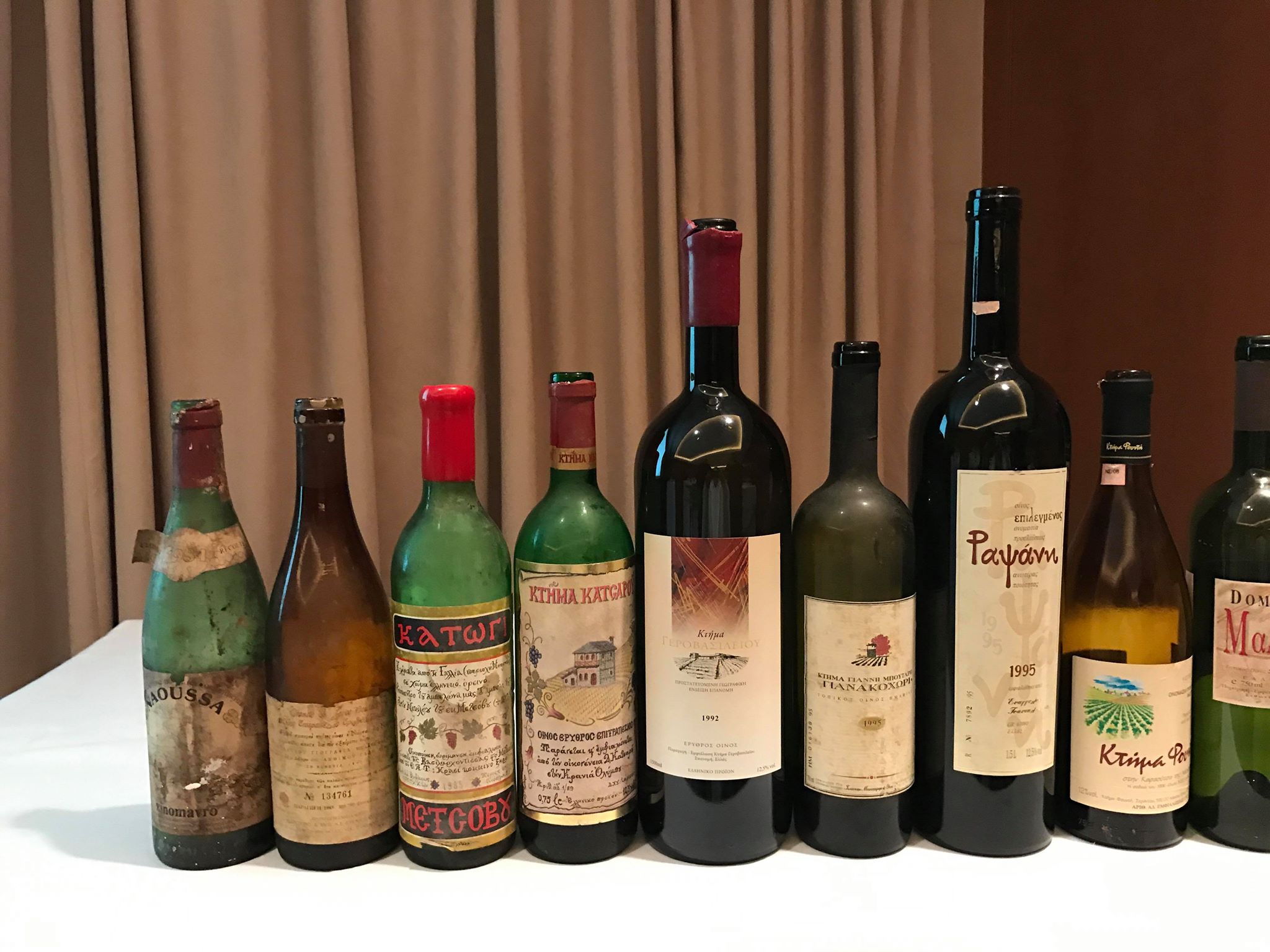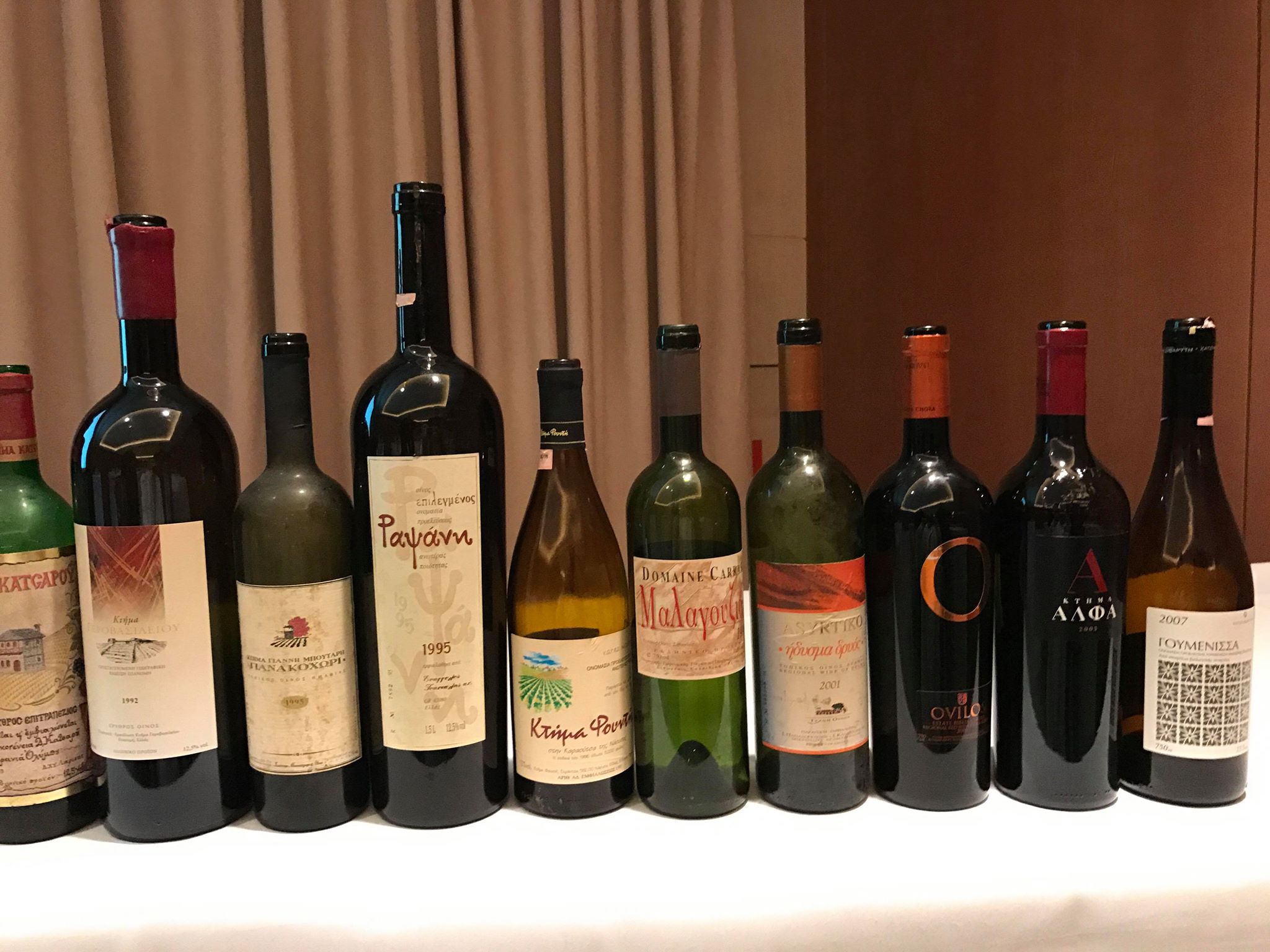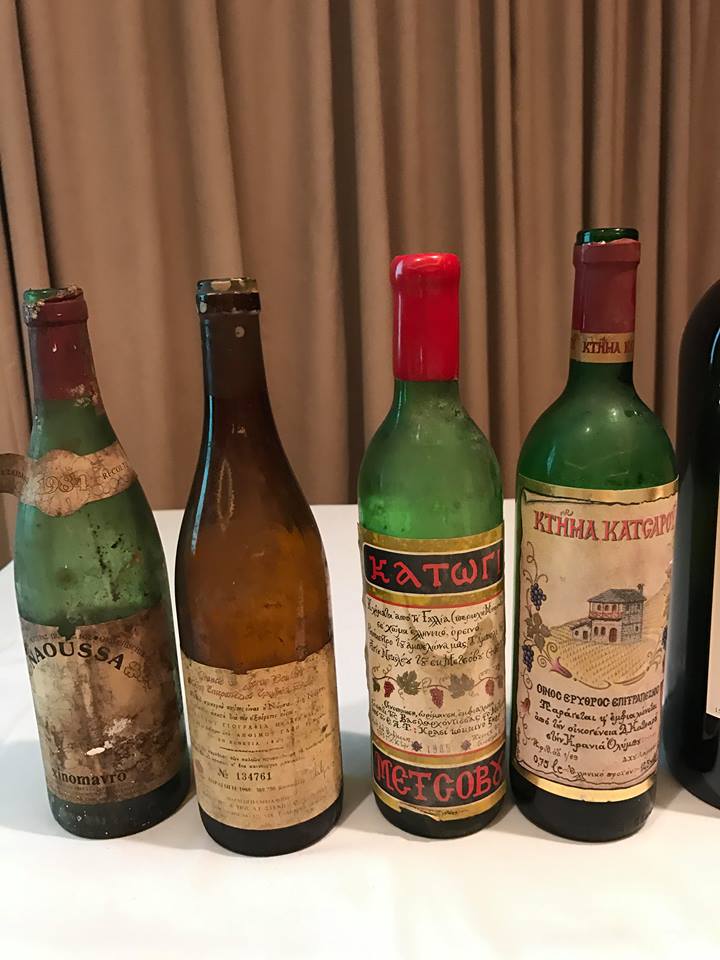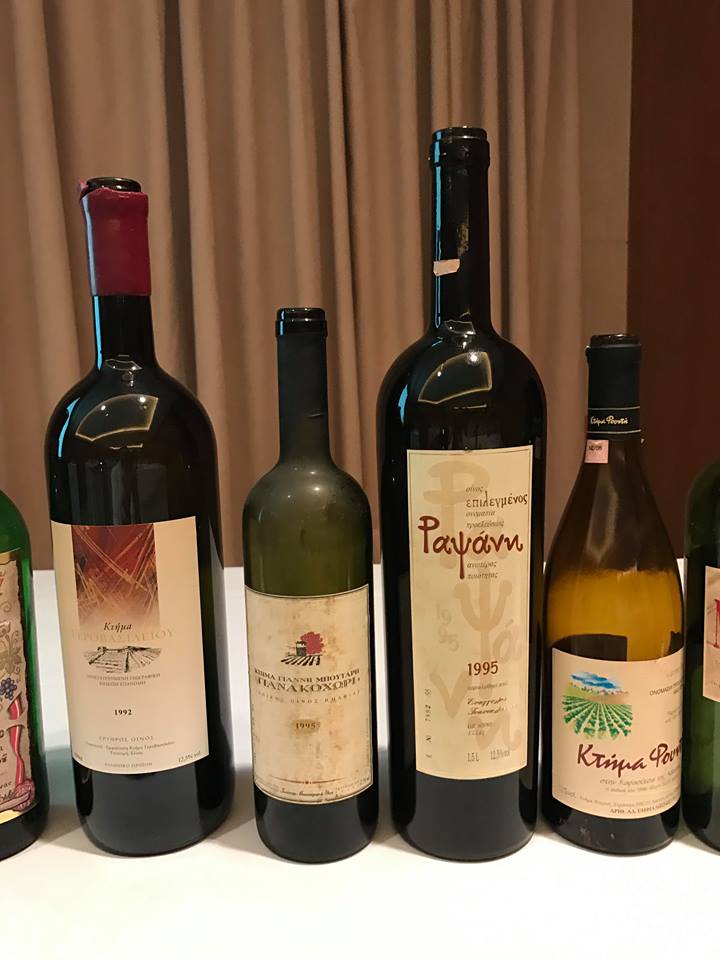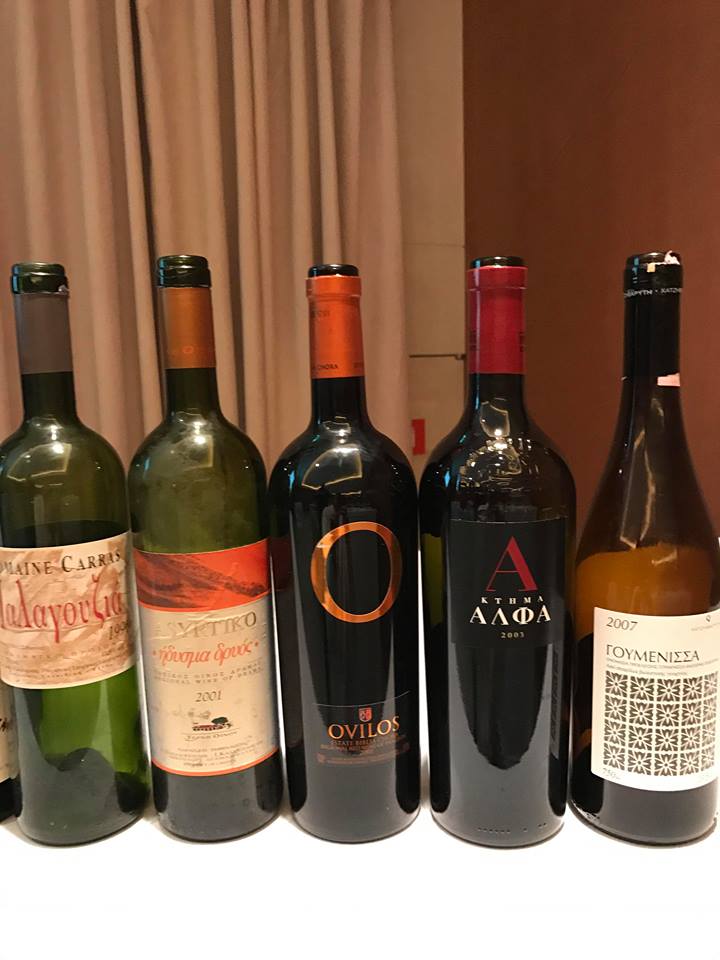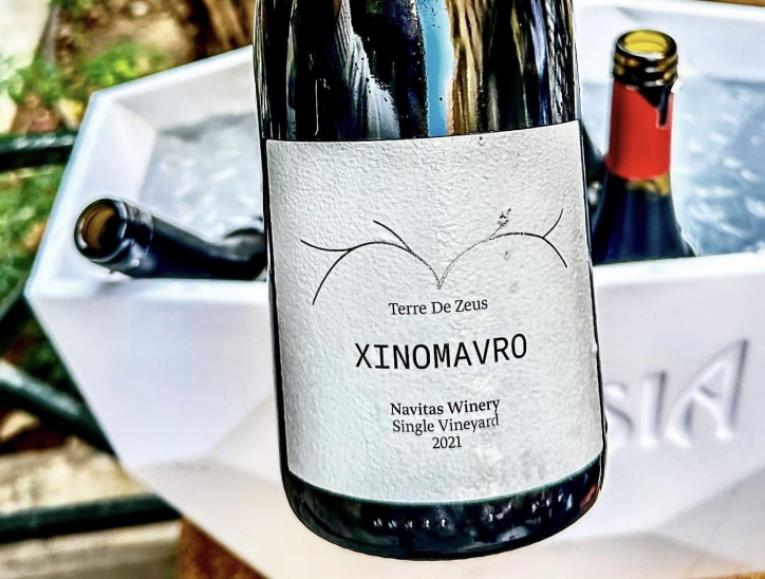First Vintages: A Greek Wine Retrospective 1984-2007
Very often, when people taste an old vintage they get excited and carried away solely by the fact that what they are tasting is old. Well, I do not think that is enough! What I find important is not whether a wine has managed to survive time, but whether this passing of time has expanded the complexity of aromas, flavors and textures. This means it should be better than what it was at its starting point. To have managed to survive and to just remain alive is a factor that degrades a wine, rather than manifests its quality. It is one thing to get old and it is another thing to age gracefully!
My view on how Greek varieties behave over time has been recorded in my online book 'The Vineyards and Wines of Greece', but I am always in search of mature examples that will allow me to explore their ageing potential, even further. So, I seized the unique opportunity that I was given by the Wine Producers Association of Northern Greece Vineyards to organize a MW Masterclass that allowed me to unearth first vintages (or the oldest available) from their cellars; a total of 13 wines. Altogether, 11 reds and 2 whites were included in the lineup, with the oldest bottle dating back to 1984, when I was still in junior high school, and the youngest being a 2007 vintage. Charmingly, many of these wines had never been presented to the public before.
But, what is a First Vintage for the producer? Let's consider this for a minute, because it's an important issue. The first vintage is essentially a journey towards the unknown; a first attempt, with all the limitations of such. Often the producer has not even decided on what style of wine he wants to produce, and one can imagine that the know-how of the 80's or the 90's differed drastically to that of today.
To make the workshop a little more exciting I asked the 50 participants to assess the ageing condition of each wine using the following scale and to vote on their choice, before I discussed my opinion:
1 Poor ageing
2 Satisfactory ageing
3 Good ageing
4 Excellent ageing
The results
The majority of the participants agreed that 9 of the wines ranked between 2 and 4 on the scale I had offered them, with most of the wines ranking 3 on this scale. This means that the development of the wines with ageing was very good, starting from the very first vintages, despite the restrictions I mentioned above. Participant votes are depicted in the table below, while my personal opinion is given in the short comments I have included on each wine.
There is no doubt in my mind that the Greek reds (many whites as well but only two wines were included in the lineup) age fantastically over a period of two decades, and even more, depending on vintage characteristics, variety and wine making philosophy. This, of course, is also dependent on the levels of ripeness that were sought after in that era. As the ''heat is on', with the combination of global warming and the desire for more phenolic ripeness, the bet will be to see if the wines with riper fruit and a richer character, of recent years, will do just as well in the future; the discussion remains open.
Along the same train of thought, I also compared the alcohol volume of past and present vintages and illustrate them in the table below, so as to bring to the fore how wines have developed stylistically over time and to confirm, even with this small sample, that we have progressed to a richer and fuller style of wines.
The 80's
Vaeni Naoussa 1984 (1st vintage, 12% abv)
Ripe fruit, leathery, earthy, with soft tannins and a gamey character. Have tried this vintage twice before, when it showed better than in this tasting. (2)
Boutari Grande Reserve 1985 (first vintage is 1975, 12% abv, pH 3.53, TA 6)
Earthy with abundant truffle scents. Delicate, with tension and energy and still intense tannins. (3)
Averoff Katogi 1985 (the first vintage is 1963, in the winery the oldest bottle to have survived is a 1969. Of the first vines of Cabernet Sauvignon planted by Evangelos Averoff in 1958, 10% Merlot & Cab Franc, 11.7% abv)
Impressive wine that makes you think; with extraordinary freshness on the nose and sublime harmony on the palate. Still a touch of pyrazines. Lovely stuff! (4)
Katsaros Estate 1989 (typically the second vintage since 1988 released just one barrel)
Refined class on the palate with crunchy layered fruit. Lacks the excitement of Katogi but still delivers a lot of pleasure. (3)
The 90's
Gerovassiliou Ktima 1992 En Magnum (12.5% abv)
Hard to guess this is 25 years old and still going strong with such fruitfulness and vitality. Blackberry, plum and chocolate are knit like old lace in the mouth. (4)
Kir Yianni Yianakohori 1995 (1st Vintage, Xinomavro 60% & Merlot 40%, 13.3%, pH 3.41, TA 6)
In great shape as well expressing a mushroomy and a spicy character with plenty of freshness and grip on the palate. Both varieties are characterful. (3)
Tsantali Rapsani 1995 En Magnum (5th vintage, 12.5%, pH 3.51, TA 5.10, altitude 250-700 meters, fermentation in open concrete tanks, maturing in 300 liter casks 40% new)
Somewhat shy nose needing at least half an hour to open up but aristocratic and with much energy on the palate. Elegant and complete. (3)
Foundi Ktima Karaoutsa Naoussa 1996
A wine that I have tasted many times and is "locked" in time with reference to the solid texture of tannins but with a splendid aromatic bouquet. (3)
The Whites
Porto Carras Malagousia 1996 (3rd vintage)
Sublime Malagousia which after 22 years still retains its varietal character. Complex, expressive and utterly delicious. (4)
Wine Art Idisma Dryos Assyrtiko 2001 (1st vintage, fermentation and maturation in barrel for 6 months, 12.7%, Ph 3.21, TA 6.7)
Honey, quince, fine salty texture with oxidative notes in the long lingering finish. (3)
The 00's
Biblia Chora Red Ovilos 2001 (1st vintage, 320 meters altitude, 13% alcohol, Ph 3.48, TA 6.6, 16 months in new barrels)
From the first Cabernet Sauvignon vines of the estate that were planted at the foot of Pangaion Mt this is just beginning to unfold its virtues, destined to reach its peak in the next three years. Most youthful with a bright future. (3+)
Alfa SMX Estate 2003 (1st vintage, Syrah, Merlot, Xinomavro)
From a very difficult and challenging vintage like 2003 with many rainfalls in the spring and two heatwaves after July SMX looks very nice in the glass; relatively hot and chocolaty but certainly fascinating. At peak. (3)
Hatzivaritis Goumenissa 2007 (13.5%, TA 4.9, Xinomavro 70% & Negoska 30%, vineyard in Filyria)
Having just passed the limit of the first decade, the 2007 shows ready for big things and in any case ready to overcome the second decade with ease. (3+)
